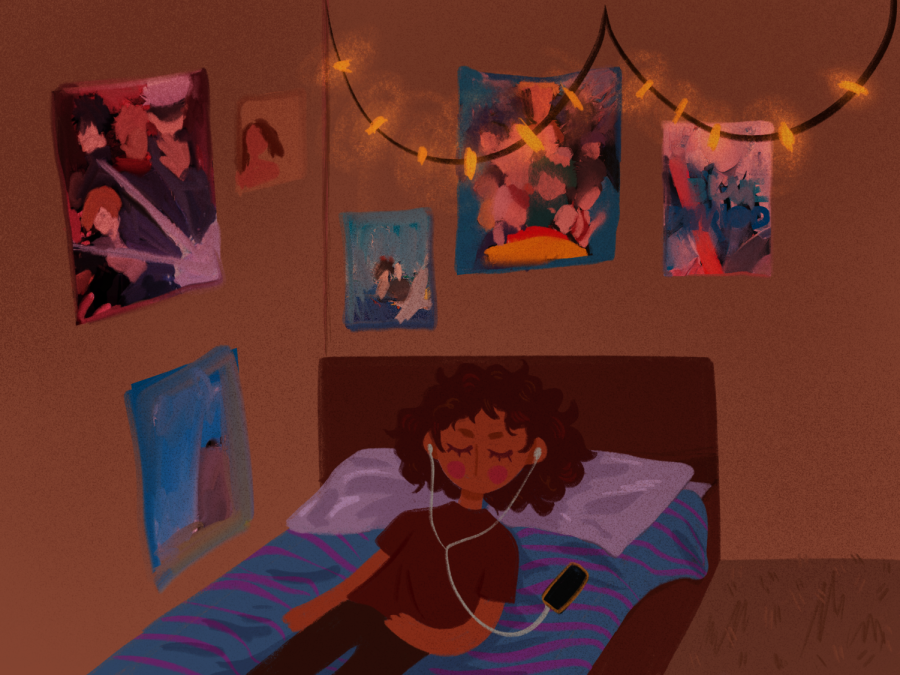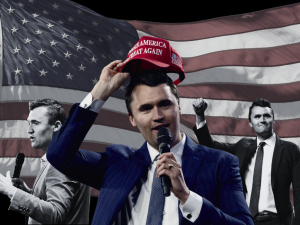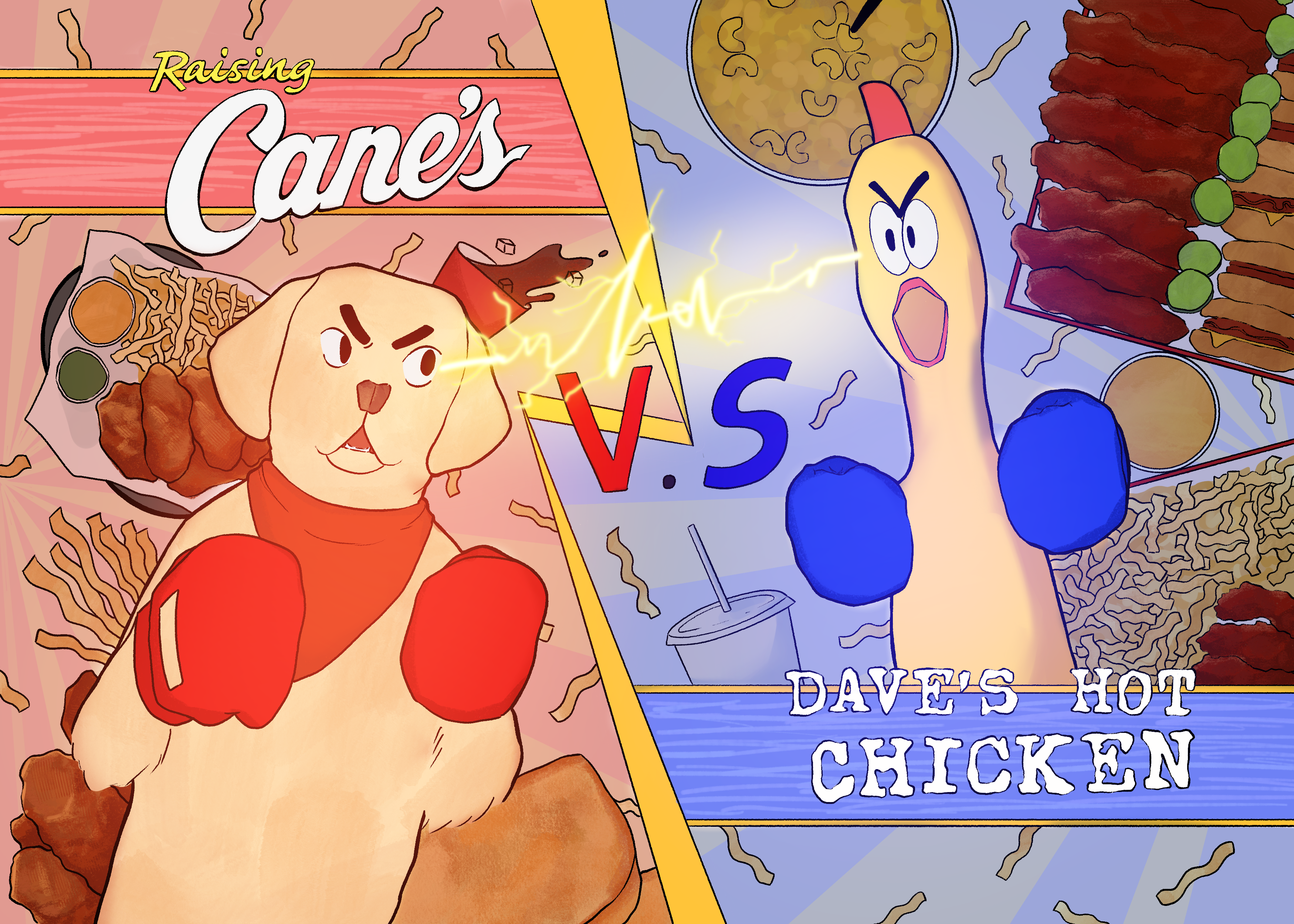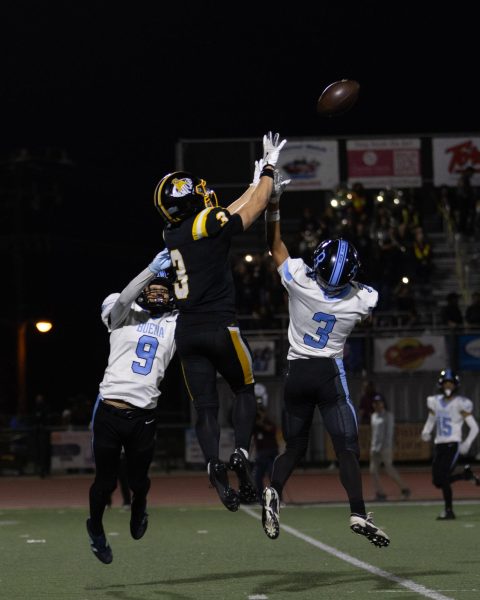OPINION: The rise of anime in America
Anime has progressively grown in popularity in America over the last decade and has made its place in pop culture as an incredibly influential form of media.
February 2, 2022
In 2014, Netflix released the first anime on its platform: “Knights of Sidonia”. Since then, thousands of people across the United States have taken the opportunity to experience this art form across many other platforms. Streaming sites such as Crunchyroll, Funimation and Hulu have amassed hundreds of shows and movies in this genre, bringing the popularity of this culture to America.
Originating in Japan, anime is a cartoon, drawn with a special art style that highlights the large eyes and wild hair of characters. Typical components of anime include dramatic setting, slowed scenes and camera work that evokes emotion in the viewer. Before watching anime, several skeptics may believe that it is explicit and sexist. However, the vast quantities of subgenres appeal to those who like slow-burn romances, lethal fighting, psychological thrillers and even comedies.
Along with diversifying genres, most anime streaming services provide multiple listening options for each show. You can immerse yourself in the Japanese language by watching a “subbed” version of shows, where English subtitles accompany the original audio, translating it throughout its entirety. If reading subtitles is too tiring or distracting, the “dubbed” version of anime is another option, with English-speaking voice actors reading the subtitles and replacing the original audio. But, some anime watchers may argue that these actors aren’t as emotional as the Japanese voice actors.
Following anime’s rise in popularity, conventions that sell merchandise and celebrate these shows have ramped up in numbers and interest. More than 140 large conventions are held at convention centers, colleges and hotels across the country. One of the most popular events is the Anime Expo which is annually held in Los Angeles and amounts to over 100,000 attendees each year. Their main purpose is to hold a panel with popular animators and artists either discussing plots of popular shows or partaking in interviews with fans.
For those who don’t love to watch a lot of television, manga and light novels are the perfect alternative. Anime is largely based off of its book counterparts, where artists draw panels similar to comic books. Influential artists in Japan are supported by the purchases of their books and by their work being adapted into shows. However, to the avid comic book reader, there is a noticeable difference between the story on paper and the story on the screen.
When buying manga from your local bookstore, you may realize that it is often read from right to left, which may take some adjustment at the beginning of your reading. Once settled into its groove, these books are one of the best ways to appreciate Japanese culture through both writing and art.
Anime is a marvelous genre, filled with the animation of popular books and supported by an amazing, expanding community. Its growth in American entertainment industries has increased the public knowledge of this gorgeous culture and will continue to unearth the beauty of every subgenre to diverse watchers and readers alike.
















Devan Wallentine • Oct 11, 2022 at 4:12 pm
Hello, I am a student at Salem Hills High School in Utah. I am writing a research paper on how Media, especially Anime, has grown in American and influenced the American Dream. I read the opinion article by Olivia Mowad and wondered if she could answer some questions for my research assignment?
Anime has become so popular in mainstream America, even among adults. Do you think this is a shift in the American Dream becoming less commercialized? Why do you think that it has become so popular in America? What do you think has sparked this phenomenon? Does it have to do with the American Dream and our perception of what is considered the American dream today?
Thank you for your time.
John Doe • Dec 13, 2022 at 11:41 pm
Hi, Wallentine. I am not Mowad, but I believe I can give you the answer you might be looking for. I will be giving my thoughts on this phenomenon.
We see that as the world becomes more connected, cultural exchanges take place. Japan has basically become pacified after the United States took down its imperialist regime and replaced it with a pacifist one. Japan did not need to allocate resources for military upkeep or other things like that. No– instead, it allocated resources for soft power (such as entertainment and we know some of this entertainment such as anime). Contrast this from China, who generally lacks soft power in the West. We do not think of Chinese dramas being as popular as Korean dramas or Japanese cartoons.
The American Dream, in terms of its feasibility, is fiercely debated among scholars as to whether or not this socioeconomic climb is true. My thoughts on it, Wallentine, are that the American Dream is becoming less commercialized because we see less immigration to the United States. I think the American Dream is most prominent in the immigrants that have come and do still come to this great Republic. Take the Germans, for example. The Germans came to the shores of the United States for many reasons. For example, political persecution was a big one. The German Revolution of 1848 failed, and some Germans found that America was more politically free than their homeland.
Anime most likely came into American culture through the Japanese who were already living on the West Coast. But it really started kicking off, I would say, once television became more popular and the internet was in its early days. There, we saw archaic anime setting the foundation for anime culture outside of Japan.
It’s hard to identify the relationship between anime and the American Dream, if there even is one at all… But I will say that anime has certainly influenced modern American perception of Japanese (whether it be negative due to adult entertainment or positive due to the themes that anime as an art style managed to achieve).